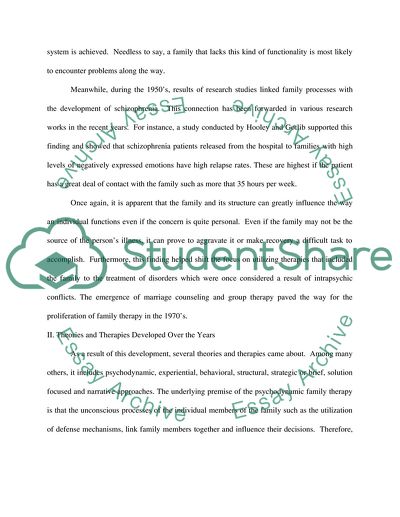Cite this document
(Structural Family Therapy for Asian Family Research Paper, n.d.)
Structural Family Therapy for Asian Family Research Paper. Retrieved from https://studentshare.org/psychology/1722483-structural-family-therapy-for-asian-family
Structural Family Therapy for Asian Family Research Paper. Retrieved from https://studentshare.org/psychology/1722483-structural-family-therapy-for-asian-family
(Structural Family Therapy for Asian Family Research Paper)
Structural Family Therapy for Asian Family Research Paper. https://studentshare.org/psychology/1722483-structural-family-therapy-for-asian-family.
Structural Family Therapy for Asian Family Research Paper. https://studentshare.org/psychology/1722483-structural-family-therapy-for-asian-family.
“Structural Family Therapy for Asian Family Research Paper”, n.d. https://studentshare.org/psychology/1722483-structural-family-therapy-for-asian-family.


